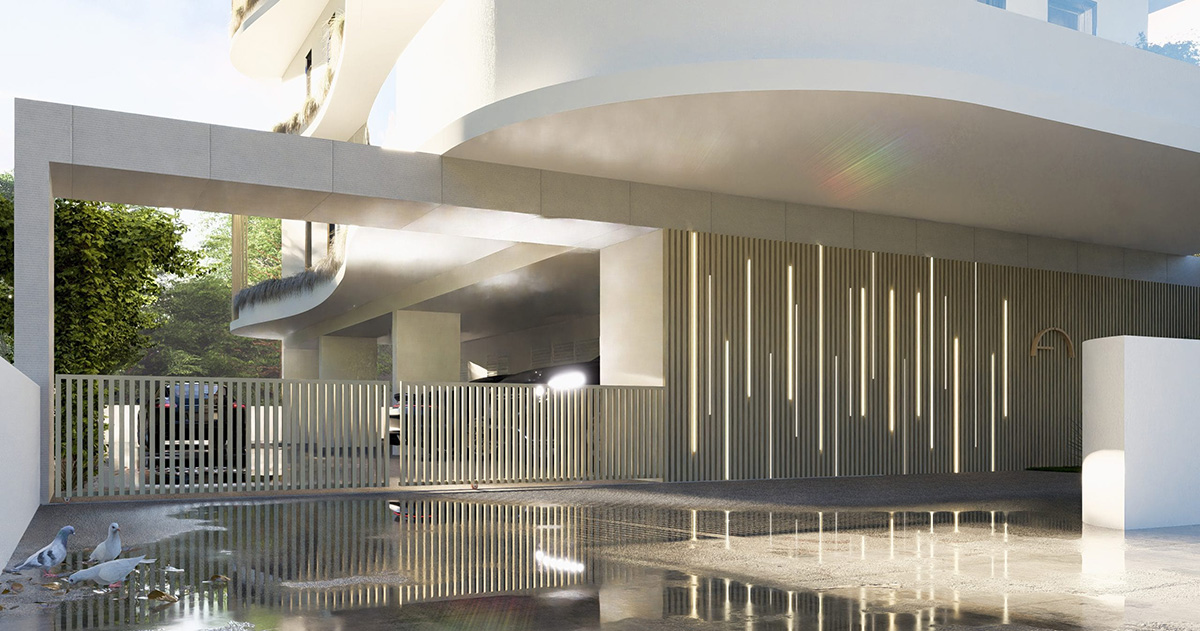The Silent Indicators of Craftsmanship: How to Recognize a Well-Built Residence
Some houses feel solid the moment you step inside. The door closes with a gentle weight, the floor does not creak, and the rooms feel still even when the street outside is busy. Other homes look impressive at first, yet a loose handle here, a crooked edge there, slowly reveals a different story. Craftsmanship rarely announces itself. It hides in quiet details that most people notice only subconsciously.
Learning to read those details is one of the most reliable ways to recognise a well built residence.
How doors, windows and floors tell the truth
Open and close a few doors. In a carefully built home they move smoothly, sit square in the frame and latch without effort. That simple movement reflects straight walls, aligned hinges and a carpenter who adjusted rather than forced a fit.
Windows tell the same story. A good window glides instead of fighting you. It locks cleanly, seals tightly and stays silent in the wind. Combined with proper glazing, it helps keep the home comfortable and efficient, instead of letting in drafts and noise.
Floors are another quiet indicator. In a solid house they feel firm underfoot. Boards or tiles line up in straight, consistent runs. If the floor stays level and stable over time, it usually means the structure beneath was done properly.
Where materials meet
The places where materials meet often reveal the most. Look at the line where a wall meets the ceiling. Is it clean and steady, or are there waves and rough patches. Check how a countertop meets the wall behind it. A neat joint with even sealing suggests accurate cutting and patient installation. Gaps filled with heavy sealant or rough edges usually signal rushed work.
Minimal interiors make this even clearer. In a simple room with plain walls and few distractions, any flaw stands out at once. A slightly tilted socket, a misaligned cabinet door or an uneven skirting board is immediately visible. The cleaner the design, the more the craftsmanship, or the lack of it, is exposed.
The same applies outside. Where cladding meets window frames, where balcony slabs meet the main structure, where railings touch the floor, each junction shows how much respect the builder had for both strength and appearance.
Sound, silence and the feel of the air
Good workmanship can also be felt in the way a house sounds. In a well built residence doors close quietly instead of rattling. Footsteps are softened rather than amplified. Insulation does more than hold temperature. It calms the noise of daily life and keeps outside sounds at a distance.
Ventilation and insulation reveal their quality over time. Rooms with similar temperatures, hallways that do not feel like cold tunnels and windows that do not drip with condensation every time the weather shifts all point toward careful planning and execution.
Craftsmanship as long term value
Investors often focus on location and style, but the real test of value appears years later. Homes built with care age slowly. Cracks are rare, doors stay true and materials keep their character instead of falling apart. Repair work remains occasional rather than constant.
Some developers build with that long view in mind. They treat craftsmanship not as decoration but as the base of performance. In projects by residential developer companies such as Folia Homes, this way of thinking appears in the quiet details: joints that fit, lines that stay straight and systems that sit neatly within the structure. Those are the signs of a residence designed to feel right not only at handover, but decades into the future.
Reading the signs
You do not need specialist training to sense good workmanship. Take your time when you walk through a home. Run your hand along a railing, open a cupboard, look closely at corners and edges. Listen to how the house responds when you move around it.
These small, silent indicators are where true craftsmanship lives. They may not be dramatic, but they endure. In the end, they are often what separates a temporary structure from a home that feels solid, trustworthy and worth keeping.
